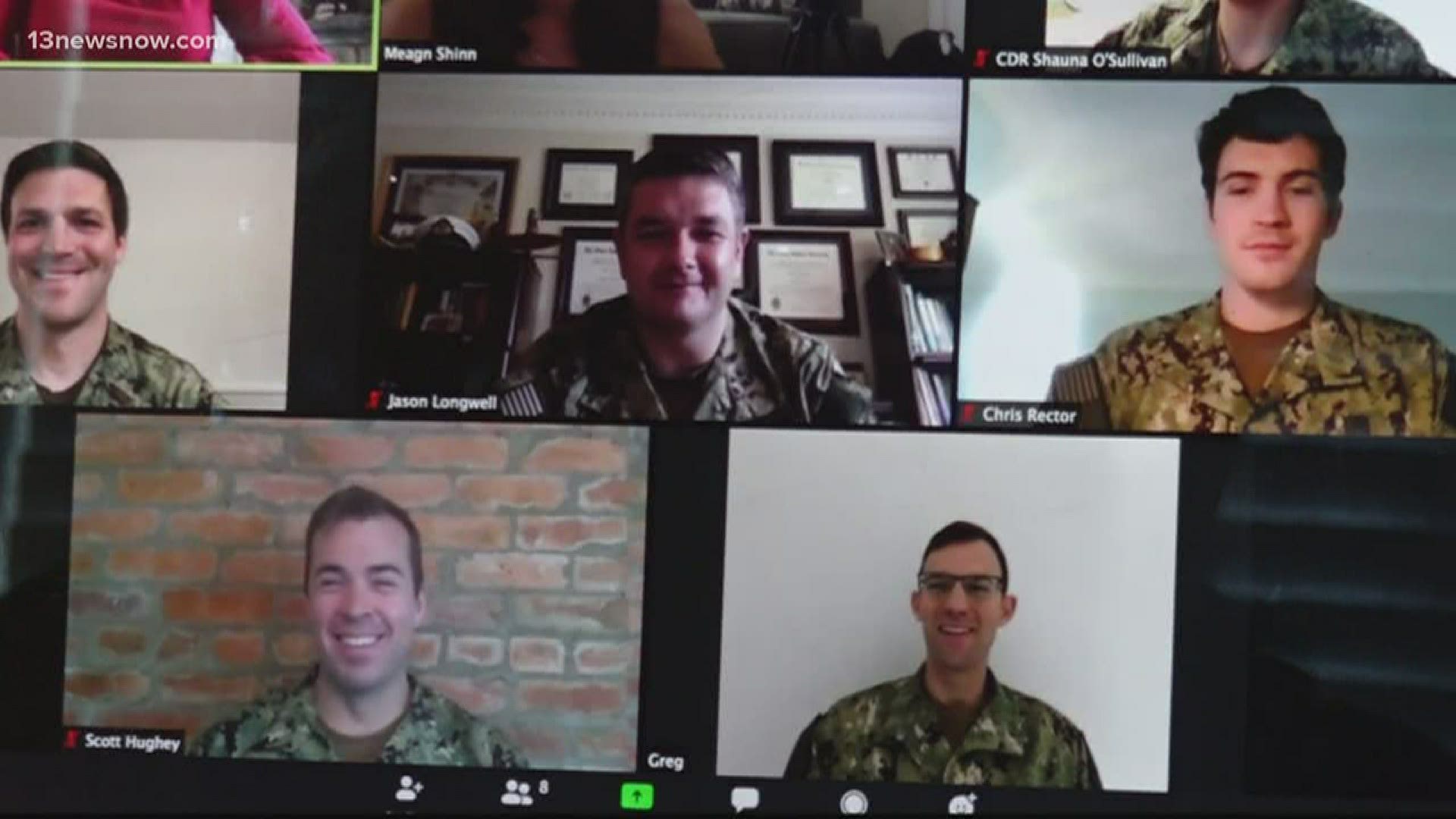PORTSMOUTH, Va. — Ventilators have become a critical need for people fighting and surviving the new coronavirus, but across the country, they're in short supply and expensive to manufacture.
The issue has been spurring medical innovation. A team in the Anesthesiology Department at Naval Medical Center Portsmouth built a ventilator from parts bought at Home Depot.
Lieutenant Gregory Booth, the assistant director of the Anesthesiology Residency, said it's a safe and functioning ventilator. The device is used to help people breathe when they need emergency help, and in anesthesiology procedures.
"So when a breath comes in, a breath goes out, it's constantly measuring pressure,” explained Booth.
All ventilators do that, but this one is unique, because it's made of items like PVC pipes, electronics and hardware store items - and it only cost about $250, making it a lot more affordable than most ventilators, which cost thousands of dollars.
The Department Chair of Anesthesiology, Commander Jason Longwell, said he was proud of his team's hard work.
"It speaks to the bright future for military medicine," he said. "Just the commitment, the zeal, and the intelligence and the drive that these guys have to take the product and get it out there."
Lieutenant Commander Scott Hughey, a senior anesthesiology resident, said the idea started as a conversation about COVID-19.
"While stationed in Norfolk, we were trying to brainstorm ways that we could help domestically and in the community," Hughey said.
Then the idea turned into a trip to Home Depot.
"Went out to the hardware store sort of that night, put together a small prototype and then tested it and realized we had something that could work and help a lot of people," Hughey explained.
The team even successfully tested the prototype on three different models.
"I would be lying if I said there wasn't a 'Eureka' moment,” said Lieutenant Jacob Cole, another senior anesthesiology resident.
"Based on that testing we feel very confident that this would be very appropriate for the pandemic,” said Hugey.
It's not meant to replace modern ventilators, but it is designed for trained medical providers to use as an alternative, in the face of a shortage.
Now, the medical team is going through the patent process and working with NASA. Their goal is to publish the blueprints online, so people in third world countries can make the ventilator to save COVID-19 patients' lives.
"It's pretty simple, just taking the schematics,” said Hospital Corpsman Christopher Rector.
Whether this device stays local or goes global, the team says the goal is still the same.
"It's really the patients we could support and lives we could save with it,” Cole said.
"In the military you always have that drive to do better things, help more people, and I'm proud of this group that we're able to do that,” said Booth.

